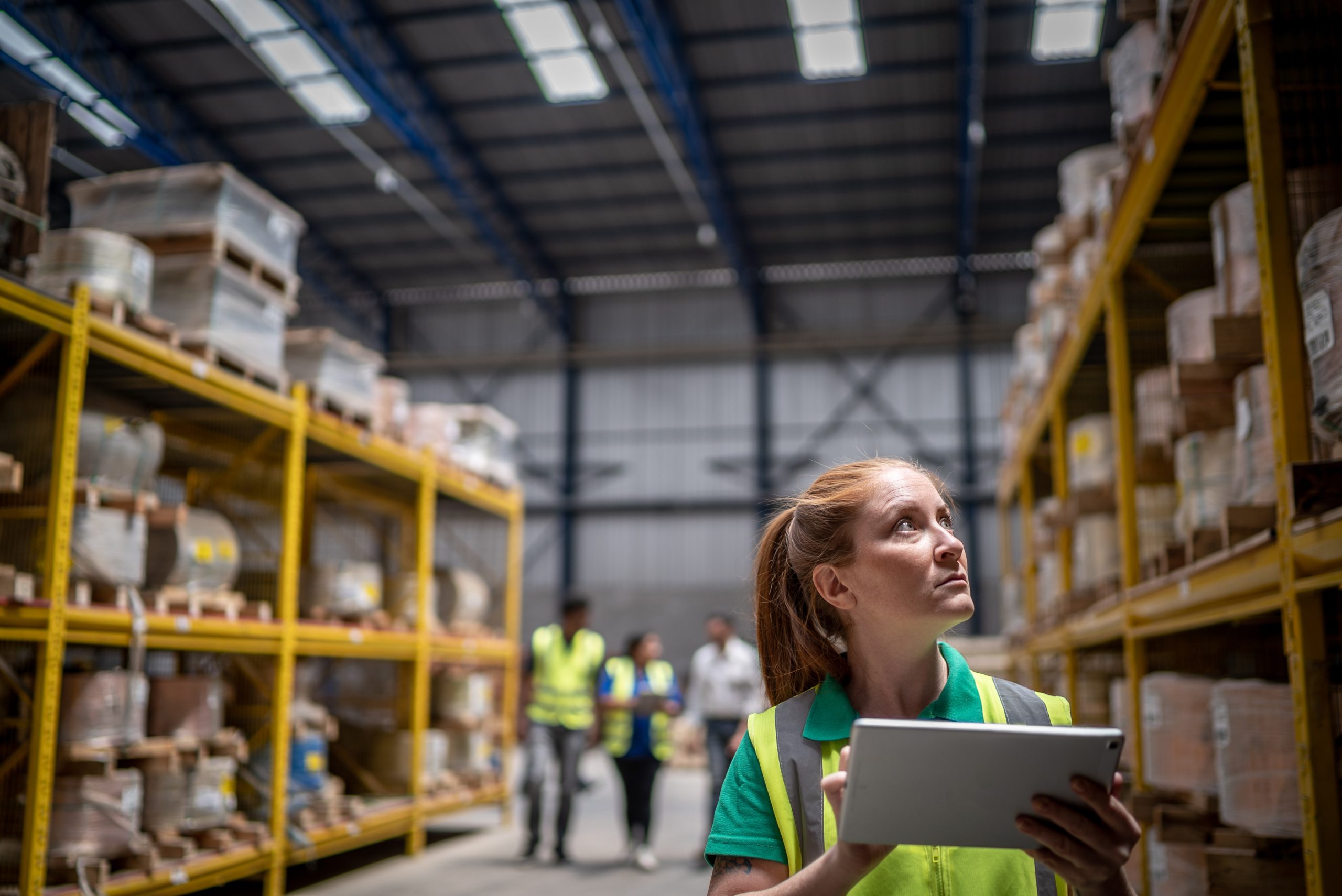The language associated with the four levels of personal protective equipment has been standardized by all regulatory agencies as a result of the Occupational Safety and Health Guidance Manual for Hazardous Waste Site Activities. The variations between the four levels of protection are illustrated below:
Level A provides the highest level of respiratory, eye, and skin protection.
Level B provides equivalent protection to level A with the exception of skin protection. Level B provides a lower level of skin protection than level A.
Level C provides equivalent protection to level B with the exception of respiratory protection. Level C provides a lower level of respiratory protection than level B.
Level D protection only requires normal work clothing, which provides no respiratory protection and minimal skin protection.
Level B protection is used as an industry-wide standard throughout the United States. Level B is recommended for the initial response to a chemical spill, especially when dealing with a poorly or incompletely characterized spill situation.
OSHA established that trained individuals managing Level B spills should wear positive-pressure, self-contained breathing apparatuses while engaged in emergency response. Breathing assistance equipment must be used until it has been determined, through the use of an air monitoring device, that a decreased level of respiratory protection will not result in hazardous exposures to employees.






